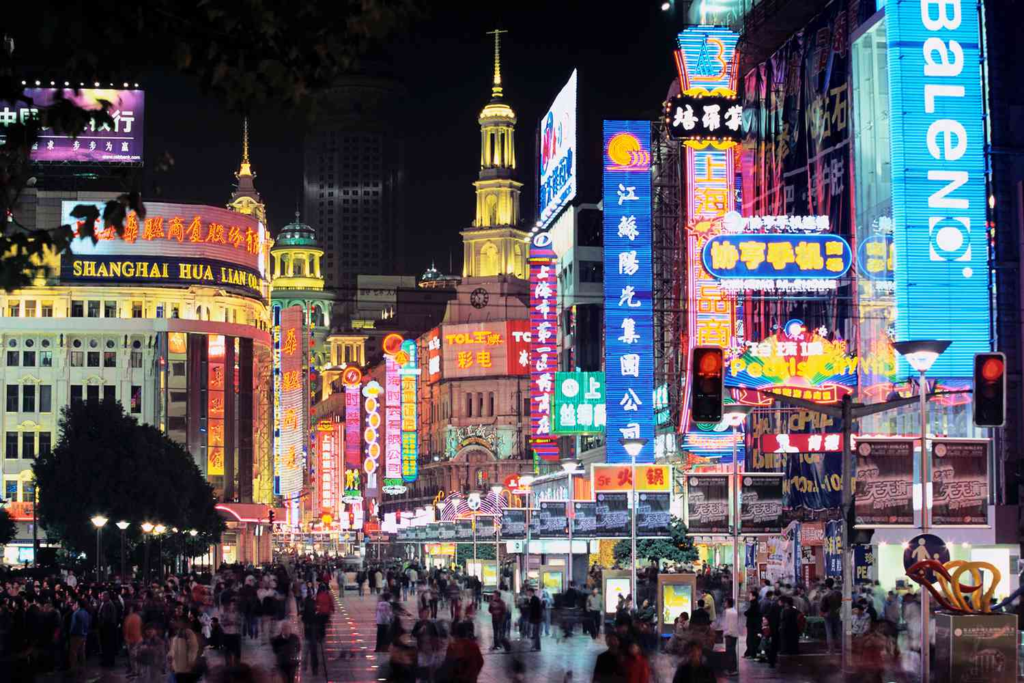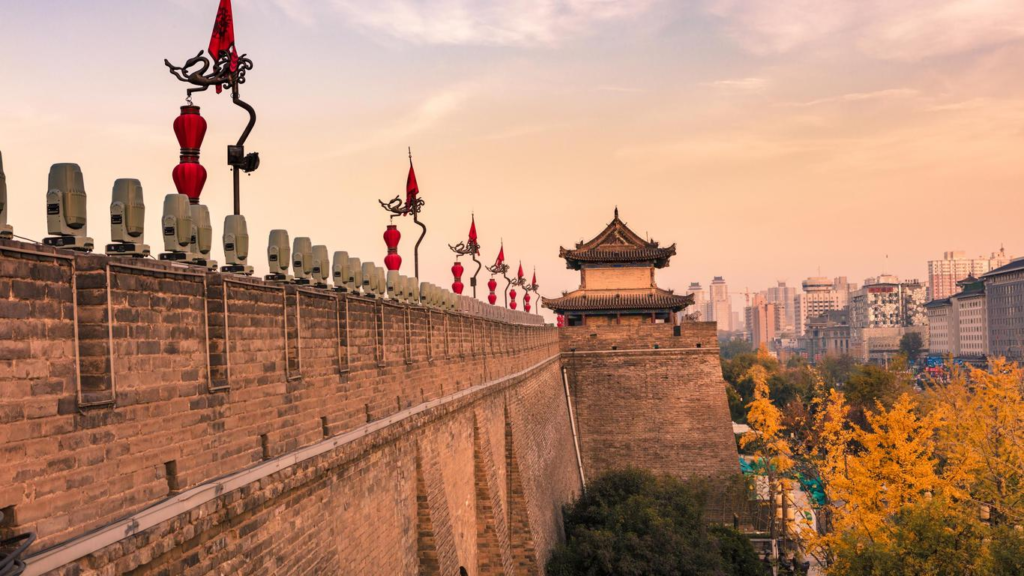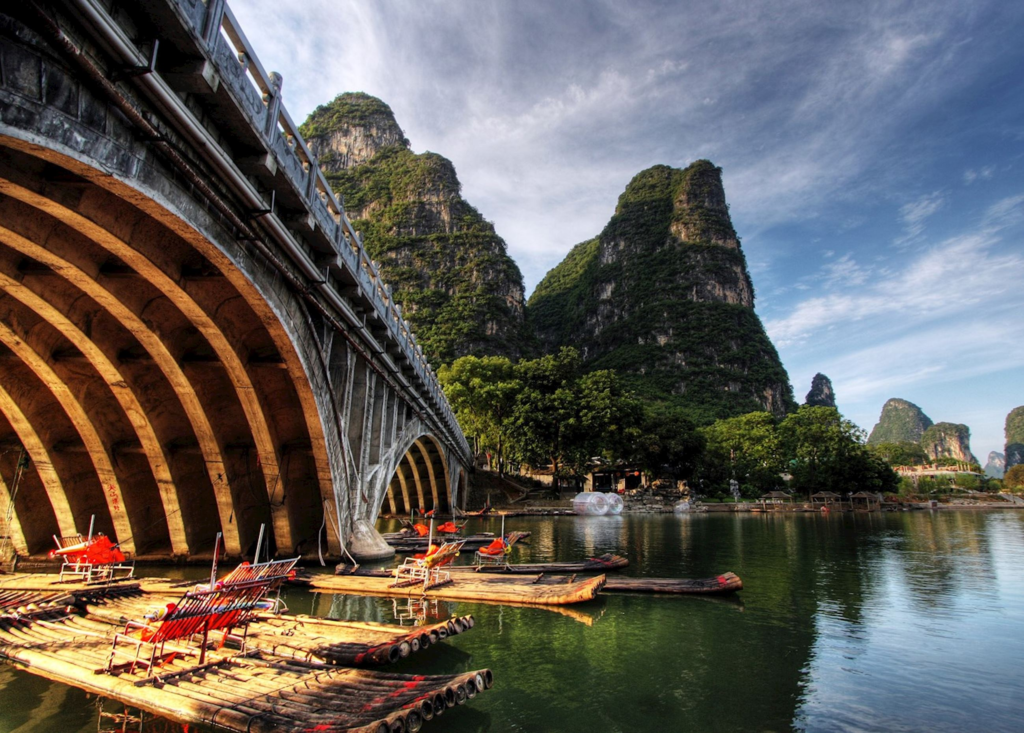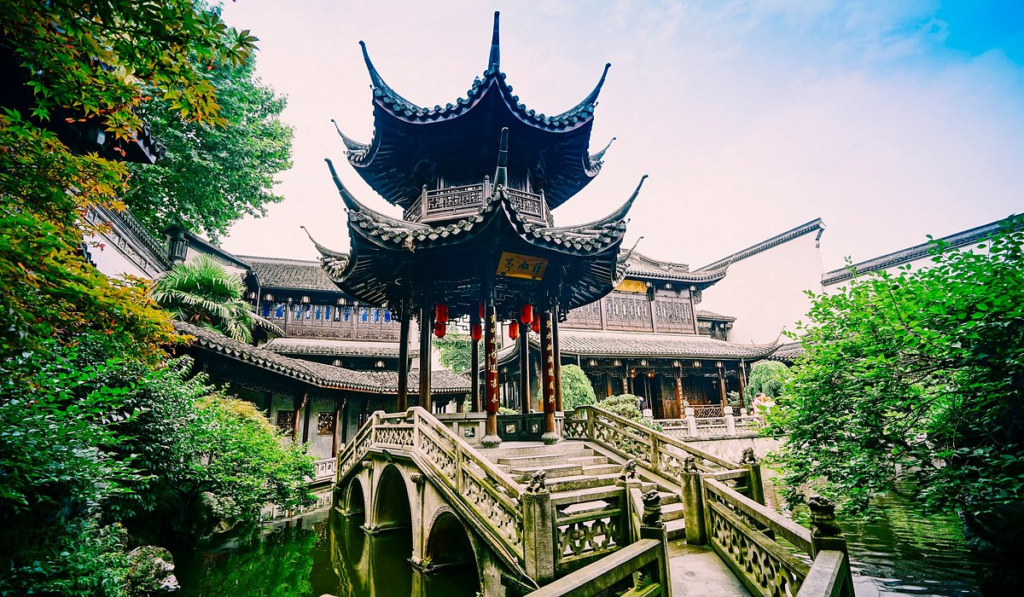China, with its vast landscapes, rich history, and dynamic culture, is one of the most fascinating destinations for travelers worldwide. From ancient temples and iconic landmarks to modern cities and natural wonders, China offers an unparalleled variety of experiences for visitors. This detailed guide will cover the top cities to visit in China, offering insights into why these cities are worth exploring, the best attractions they have to offer, and practical information, such as prices and travel tips.
1. Beijing

As the capital of China, Beijing is not only the political center but also one of the most important cultural hubs in the world. The city is famous for its historical significance, having been the capital for several dynasties and the heart of Chinese civilization.
Beijing offers an amazing blend of ancient history and modern development. Here, you’ll find centuries-old landmarks like the Forbidden City, Temple of Heaven, and the Great Wall of China standing alongside skyscrapers and modern architecture.
- The Forbidden City: Once the imperial palace for Chinese emperors, this UNESCO World Heritage site now stands as a vast museum complex, housing cultural relics and art pieces from the Ming and Qing dynasties. Entrance fee: Around ¥60 ($9).
- The Great Wall of China: One of the Seven Wonders of the World, the Great Wall stretches over 13,000 miles. The most popular section to visit from Beijing is Badaling, which is well-preserved and accessible. Entrance fee: ¥40-60 ($6-9), depending on the season.
- Modern Beijing: Beyond its ancient wonders, Beijing is a metropolis with modern shopping districts like Wangfujing and vibrant areas such as Sanlitun, known for its nightlife and dining.
Travel Tips and Costs
Beijing is well-connected, with flights from all major international airports. A typical round-trip flight from New York to Beijing ranges from $500 to $1,200, depending on the season.
Accommodation varies widely. A budget hotel costs around ¥250-400 ($40-60) per night, while luxury hotels like the Four Seasons or The Peninsula can charge upwards of ¥1,500 ($230) per night.
Keep reading: 7 Travel advice For Safe Smooth Trip
2. Shanghai

Shanghai is often described as the financial capital of China, offering a stark contrast to the historic cities of the country. It’s a bustling metropolis known for its futuristic skyline, colonial architecture, and vibrant nightlife.
- The Bund: One of Shanghai’s most iconic sights, The Bund features a waterfront lined with colonial-era buildings on one side and the modern skyline of Pudong on the other. Walking along The Bund at night is a must, as the skyline lights up with color.
- Shanghai Tower: The tallest building in China and the second-tallest in the world, Shanghai Tower offers an observation deck with breathtaking views of the city. Tickets for the observation deck: ¥180 ($28).
- Yu Garden: A beautifully preserved classical Chinese garden located in the old city of Shanghai, it’s a serene escape from the bustling streets. Entrance fee: ¥40-60 ($6-9), depending on the season.
Travel Tips and Costs
Shanghai is an international hub, with flights from major cities worldwide. Domestic flights between Beijing and Shanghai can cost as low as ¥300-500 ($45-75), making it easy to hop between China’s top cities.
A meal in Shanghai ranges from ¥40-100 ($6-15) for local restaurants, while fine dining options in places like The Bund can go up to ¥500-800 ($75-120) per person.
3. Xi’an

Xi’an is one of the most historically significant cities in China. It served as the capital for 13 different dynasties and was the eastern terminus of the Silk Road, which made it a key center for cultural exchange and trade.
- Terracotta Army: This UNESCO World Heritage site is Xi’an’s most famous attraction. Discovered in 1974, the Terracotta Army consists of thousands of life-sized soldiers, horses, and chariots, built to guard the tomb of China’s first emperor, Qin Shi Huang. Entrance fee: ¥150-180 ($23-28), depending on the season.
- Ancient City Wall: One of the oldest and best-preserved city walls in China, this massive structure offers visitors the chance to walk or cycle along its 14-kilometer circumference. Bike rental costs around ¥45-80 ($7-12).
- The Muslim Quarter: A vibrant part of Xi’an, known for its street food and bustling markets. This area is a must-visit for food lovers, offering a mix of Chinese and Muslim cuisine.
Travel Tips and Costs
Xi’an is accessible by high-speed train from Beijing or Shanghai, with tickets costing around ¥500-800 ($75-120) for a one-way journey. A round-trip flight from Beijing typically costs ¥600-1,000 ($90-150).
Budget accommodations in Xi’an range from ¥150-300 ($23-45) per night, while mid-range hotels cost around ¥400-700 ($60-100).
4. Chengdu

Chengdu, the capital of Sichuan Province, is famous for its relaxed vibe, Sichuan cuisine, and, of course, being home to the beloved Giant Pandas. It’s a city that combines a rich cultural heritage with the charm of modern life.
- Chengdu Research Base of Giant Panda Breeding: This is one of the top places in the world to see and learn about Giant Pandas in their natural habitat. Entrance fee: ¥55 ($8.50). Visitors can even volunteer to care for pandas, though this experience costs significantly more.
- Jinli Ancient Street: A bustling street that showcases traditional Sichuan architecture, Jinli is a great place to sample local snacks and buy souvenirs. Most street food items cost ¥10-30 ($1.50-4.50).
- Sichuan Opera and Face Changing: One of Chengdu’s cultural highlights is its famous face-changing performance, a key element of Sichuan Opera. Tickets for a show typically range from ¥80-300 ($12-45), depending on the venue.
Travel Tips and Costs
Chengdu is well-connected by both flights and high-speed trains. A flight from Shanghai or Beijing costs around ¥600-1,200 ($90-180).
Accommodation ranges from budget hostels at ¥100 ($15) per night to luxury hotels like The Ritz-Carlton starting at ¥1,200 ($180) per night.
5. Guilin

Famed for its stunning natural beauty, Guilin is one of the top destinations in China for outdoor lovers and photographers. The city’s landscape, featuring dramatic limestone karst formations, is the kind of scenery that has inspired Chinese poets and painters for centuries.
- Li River Cruise: The highlight of any visit to Guilin is a cruise along the Li River, offering spectacular views of the karst mountains and countryside. A cruise typically costs around ¥350-450 ($53-68), depending on the boat and season.
- Reed Flute Cave: Known as the “Palace of Natural Arts,” this cave system features impressive stalactites and stalagmites, all illuminated by colored lights. Entrance fee: ¥90 ($14).
- Yangshuo: Just outside Guilin, Yangshuo is a small town surrounded by towering karst peaks. It’s a great place for cycling, rock climbing, or simply soaking in the breathtaking scenery. Bike rentals in Yangshuo cost around ¥30-50 ($4.50-7.50) per day.
Travel Tips and Costs
Guilin is accessible by flights from major cities like Beijing, Shanghai, and Chengdu. Domestic flights cost around ¥600-1,000 ($90-150) depending on the time of year.
Budget accommodations in Guilin start at ¥150 ($23) per night, while mid-range hotels cost around ¥300-500 ($45-75) per night.
6. Hangzhou

Hangzhou, located just a short train ride from Shanghai, is famous for its idyllic scenery, particularly the serene West Lake, which has been celebrated in Chinese poetry and art for centuries.
- West Lake: A UNESCO World Heritage site, West Lake is known for its picturesque beauty, peaceful waters, and surrounding temples and gardens. Visitors can take a boat ride on the lake, which costs around ¥55-120 ($8.50-18), depending on the type of boat.
- Lingyin Temple: One of the largest and wealthiest Buddhist temples in China, Lingyin Temple is set against the backdrop of forested hills. Entrance fee: ¥45 ($7).
- Dragon Well Tea: Hangzhou is also famous for its Dragon Well (Longjing) Tea, one of China’s most famous green teas. Visitors can tour the tea plantations and sample fresh tea. A guided tour costs around ¥100-200 ($15-30).
Travel Tips and Costs
Hangzhou is easily reachable by high-speed
train from Shanghai, with tickets costing around ¥50-80 ($7-12). Flights from other major cities in China to Hangzhou typically cost around ¥400-800 ($60-120).
Accommodations range from budget hotels at ¥200-400 ($30-60) per night to luxury resorts near West Lake that cost upwards of ¥1,000 ($150).
7. Hong Kong

Though technically a Special Administrative Region of China, Hong Kong deserves its place as one of the top cities to visit in the country. This vibrant city is known for its towering skyline, bustling markets, and unique blend of Chinese and British influences.
- Victoria Peak: Offering one of the most stunning views of Hong Kong’s skyline and harbor, Victoria Peak is a must-visit. Visitors can take the Peak Tram for ¥99 ($15) for a round-trip ticket.
- Star Ferry: The Star Ferry ride across Victoria Harbour is one of the most iconic and affordable experiences in Hong Kong. A one-way trip costs just ¥2-3 ($0.30-0.45).
- Street Markets: Hong Kong’s street markets are a vibrant reflection of its cultural diversity. Popular markets include Ladies Market in Mong Kok and Temple Street Night Market, where visitors can shop for everything from clothing to street food.
Travel Tips and Costs
Hong Kong is one of the most expensive cities in China, but there are still plenty of affordable options for travelers. A budget hotel can cost around ¥400-700 ($60-100) per night, while luxury accommodations such as The Ritz-Carlton Hong Kong can cost upwards of ¥3,000 ($450) per night.
Final Practical Travel Tips
- Currency: The currency in China is the Chinese Yuan (¥), also known as RMB. Credit cards are widely accepted in major cities, but it’s a good idea to carry cash for smaller purchases or when visiting rural areas.
- Language: Mandarin is the official language, but in tourist-heavy areas, English signage and services are often available. Learning a few basic Mandarin phrases can be helpful.
- Best Time to Visit: Spring (March to May) and autumn (September to November) are the best times to visit, as the weather is mild and pleasant.
By visiting these top cities, travelers can truly experience the vast cultural and geographical diversity that China has to offer. Whether exploring ancient sites, enjoying culinary delights, or taking in natural wonders, these cities represent the essence of China’s past, present, and future.
Read more: China Street Food : 5 Foods You Must Eat While Visiting China








